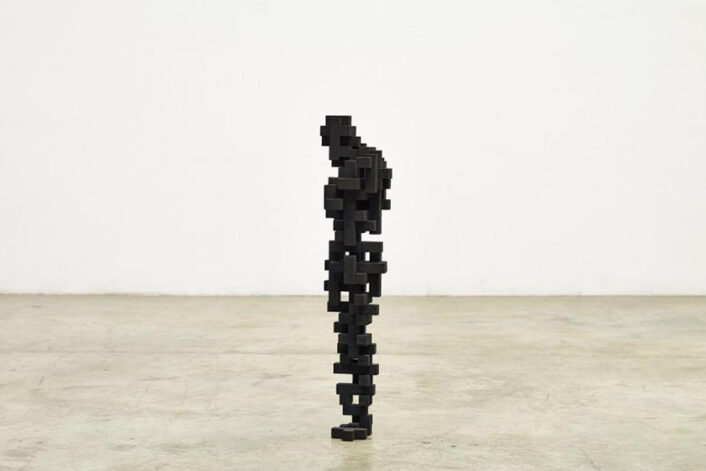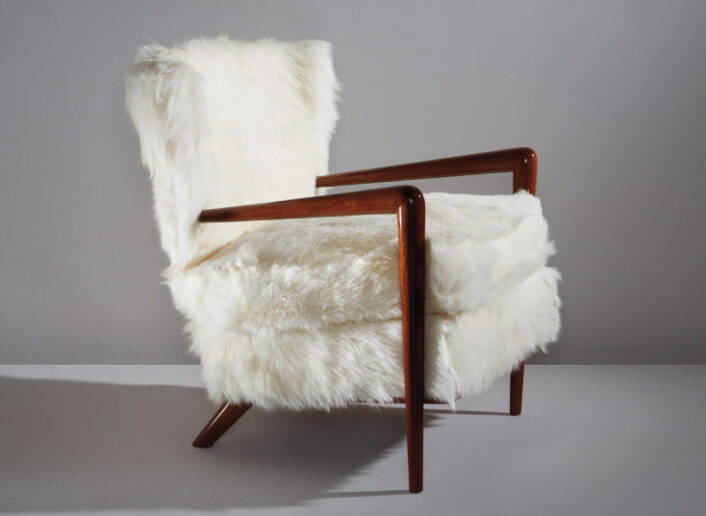Fine Art
“The Price of Everything”
The Price of Everything directed by Nathaniel Kahn has been making waves since its debut at Sundance Film Festival in 2018. This brilliant documentary highlights Contemporary artists, major art collectors, and other famous players in the art world.
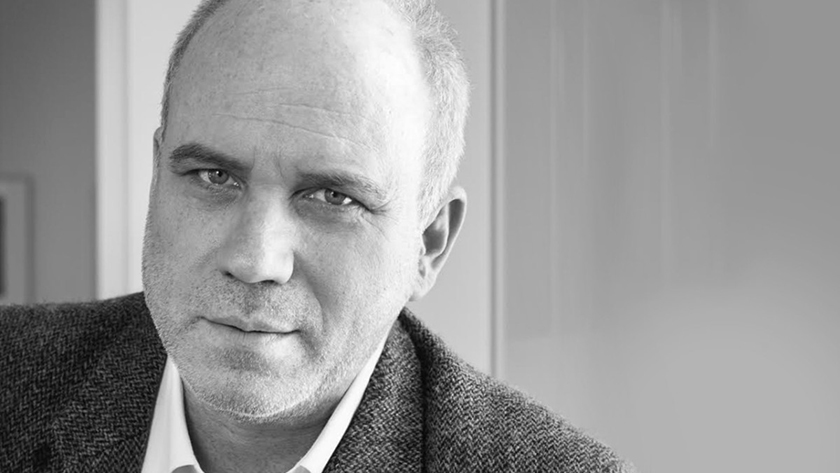
Nathaniel Kahn, Director of The Price of Everything. Image courtesy of HBO.
As noted by the New York Review, the global trade in artworks for 2017 was $63.7 billion. However, most art businesses are privately held and not obliged to disclose their practices. Purchasing art can be a very opaque process with enormous sums of money splashing across headlines.
Gerhard Richter points to one of his paintings and laments that its value is more than a house. This is contrasted to Sotheby’s executive vice president Amy Cappelazzo casually remarking that a Matisse will sell for a “couple hundo” (a couple hundred million dollars that is).
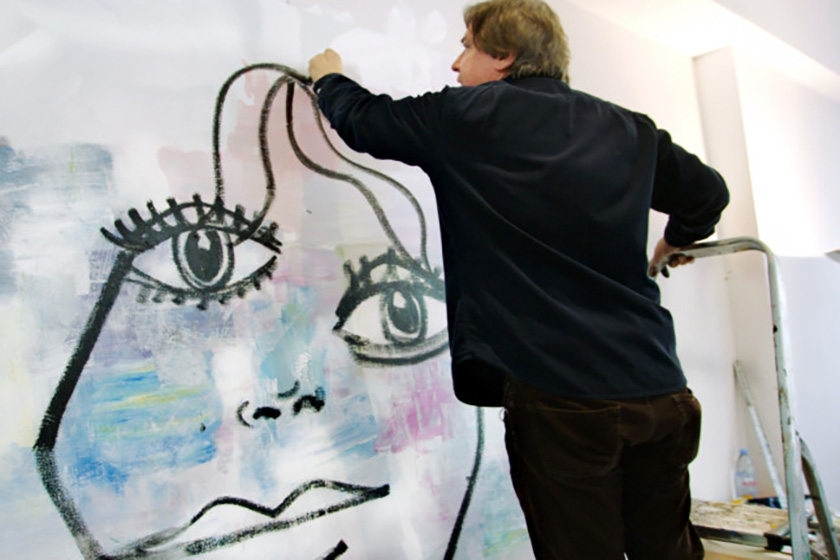
George Condo (American, b. 1957) creating a new work in his studio during filming. Image courtesy of Sotheby’s.
Kahn gracefully poses many questions to his subjects and simply allows them to share their points of view. The film features bold characters who discuss large sums of money with ease such as the Chicago-based collector Stefan Edlis.
What makes The Price of Everything so unique is that it allows people to completely express their opinions without judgement. The film is unbiased and allows the viewer to come to his or her own conclusions.
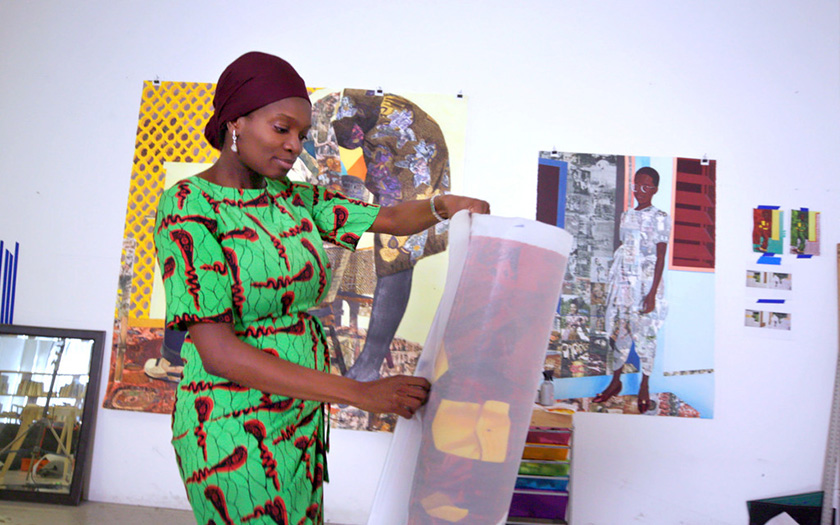
Njideka Akunyili Crosby (Nigerian, b. 1983) in her Los Angeles studio. Image courtesy of The Wall Street Journal.
During the film artists such as Njideka Akunyili Crosby, Jeff Koons, and Larry Poons each convey their perspectives on the sales of their artworks.
Crosby watches impassively as one of her paintings is auctioned for $900,000. Sadly she will not receive any profit from the sale. The seller bought the painting years earlier and decided to sell at auction to turn a profit. Instead of celebrating Crosby worries aloud if she can keep producing works that are her authentic expressions and keep up with the market demand for her work.
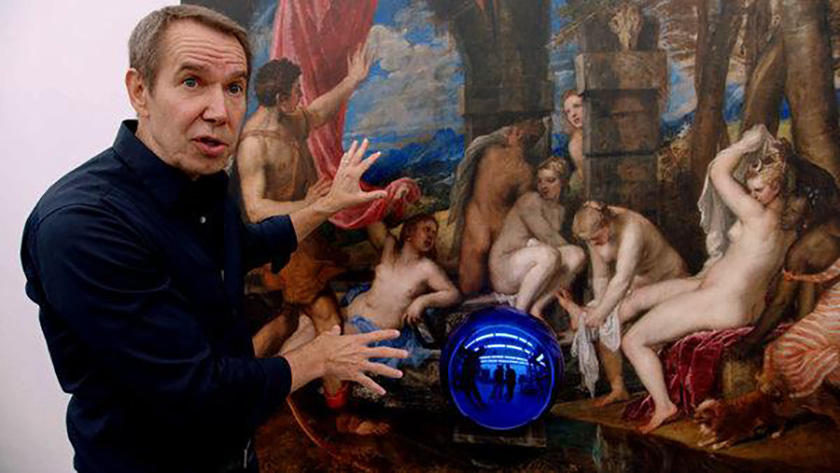
Jeff Koons (American, b. 1955) in his studio in front of one of his Gazing Ball paintings. Image courtesy of The New York Times.
Blue chip artist Jeff Koons employs a studio of professionally trained assistants to execute his visions. Koons’ artwork is treated like a luxury brand and is immediately recognizable.
Interestingly you can purchase a promissory note for Koons’ artwork that will be completed in three years’ time. This broaches the subject of Koons’ motivation: Does he create to express himself, or does he create works for visibility and profit? The question lingers unanswered.
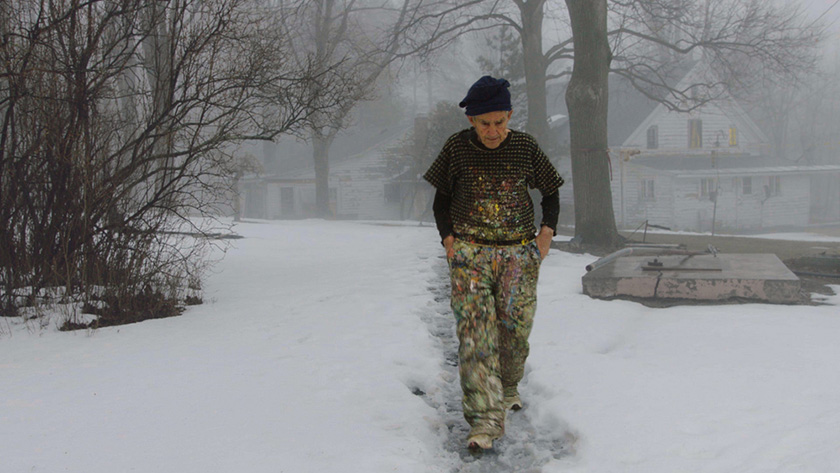
Artist Larry Poons (American, b. 1937) walks to his studio in upstate New York on a snowy day. Image and details courtesy of The Price of Everything.
Quite the opposite of Jeff Koons is veteran artist Larry Poons. Larry Poons’ artwork was once shown at Leo Castelli, the most influential art dealer at the time.
In a bold although unusual move, Poons stepped away from the spotlight years ago and retreated to upstate New York. Poons decided he no longer wanted to create his famous “dot” paintings. Poons felt his work was becoming too repetitive and no longer felt authentic. The film closes with a fantastic exhibit of Poons’ new works at Yares Art Gallery.
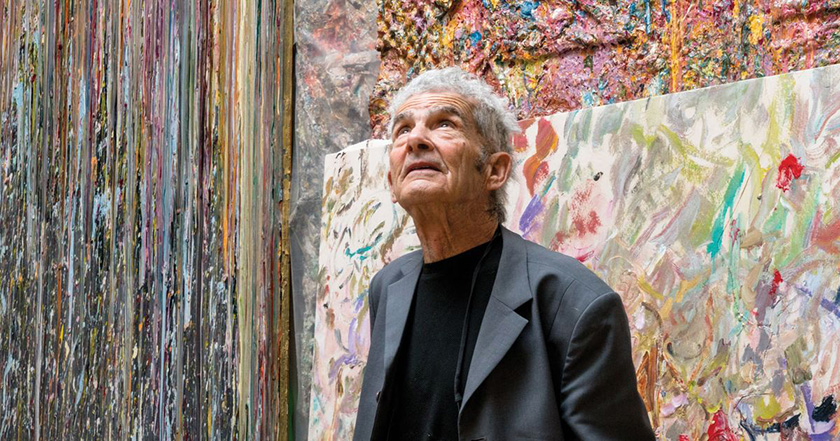
Artist Larry Poons (American, b. 1937) takes in his newer artworks on view during exhibition at Yares Art Gallery. Image courtesy of The Art Newspaper.
What makes this documentary so great is how it allows key players and artists to express their opinions openly. The film itself does not promote the practice of collecting beloved artworks versus auctioning a painting to turn a personal profit.
One thing is clear from The Price of Everything — Art is cherished and collected for many different reasons. A must watch for those interested in art!
